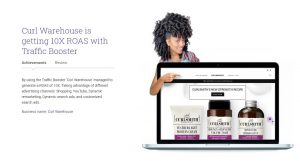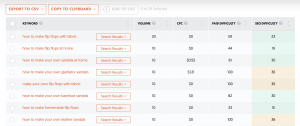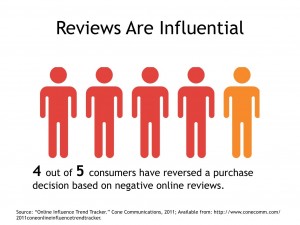When customers are more involved in the process, your marketing automation program will benefit from better data.
The end of the third-party cookie doesn’t have to be the end of getting good, useful data. Here are six tactics marketers can use with first-party and zero-party data to keep marketing automation programs working.
First-party vs. third-party data
The first thing to know is that first-party cookies, placed in a limited number of digital touchpoints, can be an important source of data and address privacy concerns.
“Currently third-party cookies are blocked by most major browsers, and they’re actually coming to the end of their lifespan by the end of 2022, moving into 2023, as Google has just recently announced that it will no longer be providing third-party cookie support for their Chrome web browsers,” said Jim Thao, marketing automation manager for Lively Inc., at The MarTech Conference.
“Third-party cookie data is really easy to collect, but the [negative] to this is that it is really easy to share across domains, which brings forth a lot of privacy concerns regarding where that data is being shared,” Thao said.
“First-party cookies are currently supported by all browsers,” he said. “And they’re future-proof in the sense that they’re executed and implemented directly by the publishers onto the organization’s domain.”
An example of a first-party cookie is Marketo Munchkin, which Thao describes as “a script that’s provided to the customer and consumer to place directly on their web in order to track activity and engagement.”
The data resulting from first-party cookies, although not as easy to collect, can enhance personalization and streamline web experiences for customers.
3 first-party data tactics
Audience segmentation. First-party cookies can collect data when a customer engages with a brand’s digital properties. For instance, they can collect location data directly from leads either on a website or by manual inputs into the company’s database.
This data can be used to execute lead routing based on location, via auto-assignment rules on the back end. One example: An apparel company can use the data to automatically promote sweatshirts and knit caps in colder climates and tank tops in warmer ones.
Email personalization. First-party data can be collected through forms customers fill in, by emails they send to the company or via other manual inputs.
Gated content. Content marketers get first-party data from forms filled out by customers to access gated materials. Customers are more likely to share data when they feel they are getting something valuable in exchange. But the exchange shouldn’t end there.
Marketers should use that data to recognize these customers and take down the gates to access more content. That way, the customers won’t be turned off by filling out the same forms over and over.
3 tactics for zero-party data
Zero-party data is similar to first-party data in that it is highly accurate and reliable. Collecting zero-party is a more involved process, but it’s worth the effort.
“The largest difference between zero-party data and first-party data is that this data is willfully and freely provided by the customer,” said Thao. “And in my experience with using zero-party data strategies, it really requires a communication loop which consists of a question, an answer and, a lot of times, responses back and forth.”
Quiz or game. Use a quiz, game or interactive questionnaire where users provide information. Offering a reward like a coupon code or other kind of discount makes this a clear value exchange.
Customer satisfaction surveys. Many customers respond well when they feel like they have a role in contributing to their experience with your company. That’s why customer satisfaction surveys are such a good source of zero-party data. And, even though surveys are a concept with a long history in marketing, they can be administered at a specific time that makes sense during the customer interaction.
Product feedback. Similarly, customers may be willing to provide data when ask for product feedback after a purchase. Inviting them to write a review or fill in a survey can empower the customer and makes them feel like part of a community, especially if they can share the review.
“What we can do here as marketers is offer a platform and a process that allows users to provide feedback,” said Thao. “It provides that feedback loop regarding products and services and also allows them to engage with the community and get support that way.”
When customers are more involved in the process, your marketing automation program will benefit from better data.
The post 6 data collection tactics for marketing in the cookieless future appeared first on MarTech.
MarTech(39)
Report Post





